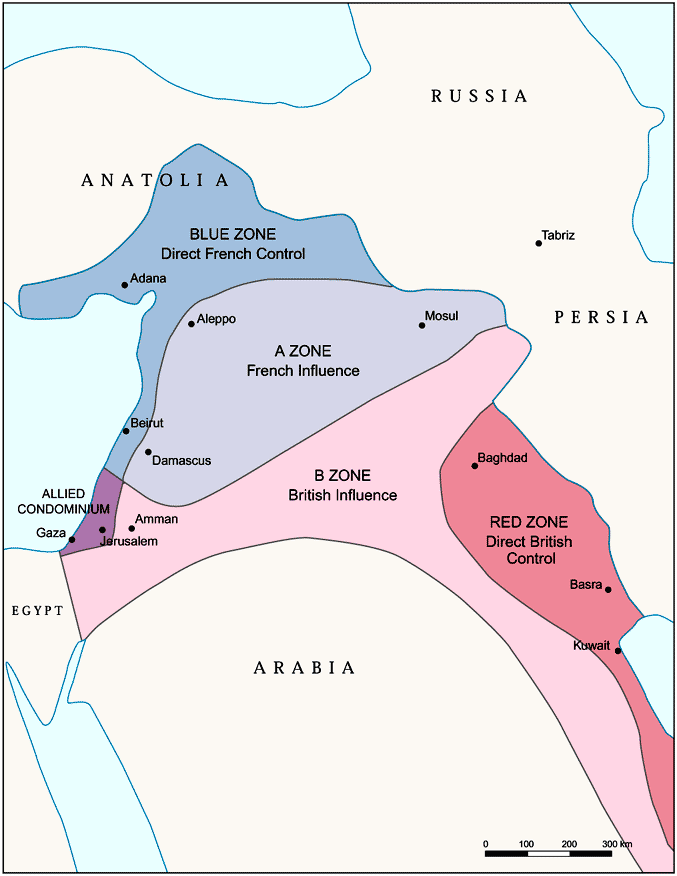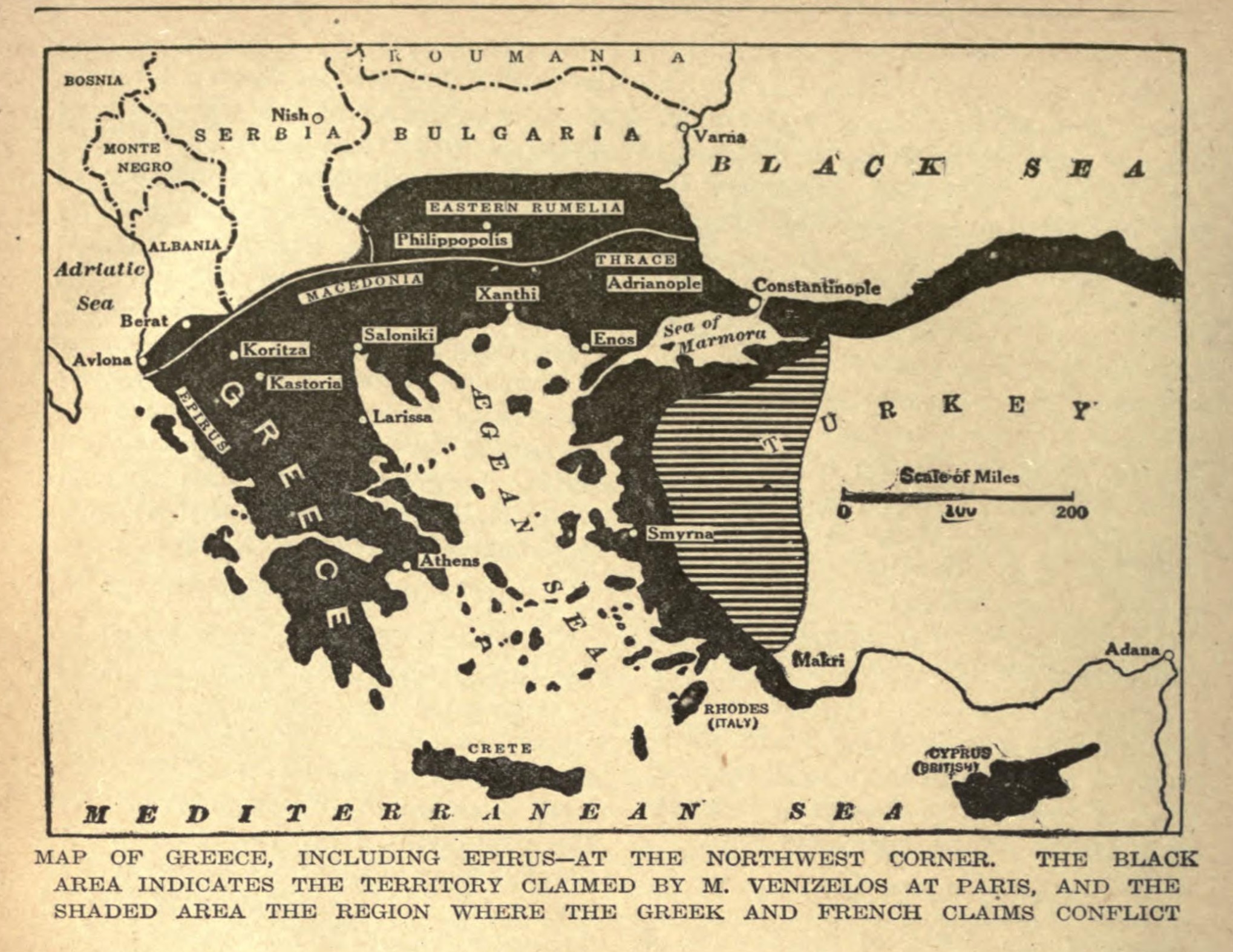|
Second Battle Of İnönü
The Second Battle of İnönü () was fought between March 23 and April 1, 1921 near İnönü, Eskişehir, İnönü in present-day Eskişehir Province, Turkey during the Greco-Turkish War (1919–22), also known as the western front of the larger Turkish War of Independence. It marked a turning point in the Greco-Turkish War and the Turkish War of Independence of which it was a part, as Greek forces had previously been victorious over mostly irregular Turkish forces and suffered their first major halt in Asia minor campaign. Background After the First Battle of İnönü, where Miralay (Colonel) İsmet İnönü, İsmet Bey fought against a Greek detachment out of occupied Bursa, the Greeks prepared for another attack aiming the towns of Eskisehir and Afyonkarahisar with their inter-connecting rail-lines. Ptolemaios Sarigiannis, staff officer in the Army of Asia Minor, made the offensive plan. Meanwhile, the Conference of London of 1921–22, London Conference was held betwee ... [...More Info...] [...Related Items...] OR: [Wikipedia] [Google] [Baidu] |
Greco-Turkish War (1919–22)
There have been several Greco-Turkish Wars: * Orlov revolt (1770) Greeks' first major, organized Revolt against the Ottoman Empire with the support of Russia *Greek War of Independence (1821–1830), against the Ottoman Empire * First Greco-Turkish War (1897) during the Cretan Revolt (1897–1898) *Greek front of the First Balkan War (1912–1913) *World War I (1914–1918) Greece and the Ottoman Empire were in the opposing alliances and fought in the Mediterranean and the Balkans Theatre in the Battle of Imbros and during the Allied occupation of Constantinople * Second Greco-Turkish War (1919–1922), also called the ''Asia Minor Campaign'' or the ''Western Front'' of the Turkish War of Independence This term may also refer to the medieval predecessor civilisations of Greece and Turkey: *Byzantine–Seljuk wars (1046–1243) * Byzantine–Ottoman wars (1299–1479) See also * Aegean dispute * Greece–Turkey relations *Turkish invasion of Cyprus The Turkish invasion of ... [...More Info...] [...Related Items...] OR: [Wikipedia] [Google] [Baidu] |
Mirliva
''Mirliva'' or ''Mîr-i livâ'' was a military rank of the Ottoman Army and Navy. It corresponds to brigadier general ( modern Turkish: ''Tuğgeneral'') and division general ( modern Turkish: ''Tümgeneral'') in the modern Turkish Army. ''Mirliva'' is a compound word composed of '' Mir'' (commander) and ''Liva'' (or ''Liwa'', " brigade" in Arabic). The rank was junior to the '' Ferik'' ( Major General) and superior to the rank '' Miralay'' (Colonel Colonel ( ; abbreviated as Col., Col, or COL) is a senior military Officer (armed forces), officer rank used in many countries. It is also used in some police forces and paramilitary organizations. In the 17th, 18th, and 19th centuries, a colon ...) in the Ottoman Army and the pre-1935 Turkish Army. ''Mirliva'' was the most junior general rank with the title '' Pasha''. The collar mark (later shoulder mark) and cap (until 1933) of a ''Mirliva'' had three stripes and one star during the early years of the Turkish Republic. ... [...More Info...] [...Related Items...] OR: [Wikipedia] [Google] [Baidu] |
Refet Bele
Refet Bele (1881 – 3 October 1963), also known as Refet Bey or Refet Pasha was a Turkish military commander. He served in the Ottoman Army and the Turkish Army, where he retired as a general. Life He was born to a Turkish family in Selanik, Ottoman Empire (modern Thessaloniki, Greece) in 1881. He took the surname Bele because of his grandfather who was originally from Byala/Bele, Bulgaria. Because of the troubles in the Balkans his family moved first to Istanbul but settled later back to Thessaloniki when he was an infant. He studied in the Ottoman Military College, enrolled in the army and became a member of the Committee of Union and Progress. He took part in the Italo-Turkish War (1911) and then in the First Balkan War (1912–1913) in which his hometown was lost to the Greeks. He took part in World War I where he fought in the rank of a Lieutenant Colonel under the command of Kress von Kressenstein in the Battle of Romani where the Ottoman forces were defeated. In the ... [...More Info...] [...Related Items...] OR: [Wikipedia] [Google] [Baidu] |
Afyonkarahisar
Afyonkarahisar (, 'poppy, opium', ''kara'' 'black', ''hisar'' 'fortress') is a major city in western Turkey. It is the administrative centre of Afyonkarahisar Province and Afyonkarahisar District. Its population is 251,799 (2021). Afyon is in the mountainous countryside inland from the Aegean Sea, Aegean coast, south-west of Ankara along the Akarçay River. In Turkey, Afyonkarahisar stands out as a capital city of hot springs and spas, an important junction of railway, highway and air traffic in West-Turkey, and the place where Turkish War of Independence, independence was won. In addition, Afyonkarahisar is one of Turkey's leading provinces in agriculture, globally renowned for its marble and is the world's largest producer of pharmaceutical opium. In antiquity, the city was called Akroinon and it is the site of Afyonkarahisar Castle, built around 1350 BC. Etymology The name Afyon Kara Hisar literally means ''opium black fortress'' in Turkish language, Turkish, since opium was wi ... [...More Info...] [...Related Items...] OR: [Wikipedia] [Google] [Baidu] |
III Army Corps (Greece)
III or iii may refer to: Companies * Information International, Inc., a computer technology company * Innovative Interfaces, Inc., a library-software company * 3i, formerly Investors in Industry, a British investment company Other uses * Institute for Information Industry, research institute in Taiwan * Insurance Information Institute, a US industry organization * Insurance Institute of India, an Indian organisation for training * Intelligence and Information Institute, a fictional US government organization in the comic version of ''Transformers'' * Interactive Investor International * Interstate Identification Index, an index of criminal records maintained by the FBI See also * 3 (other), including all uses of the Roman numeral "III" as a number *1/3 (other) *Number Three (other) *The Third (other) * Third (other) *Third party (other) *Third person (other) Third person, or third-person, may refer to: * Third ... [...More Info...] [...Related Items...] OR: [Wikipedia] [Google] [Baidu] |
I Army Corps (Greece)
The I Army Corps () was an army corps of the Hellenic Army, founded in December 1913. Originally based in Athens and covering southern Greece, since 1962 it was responsible for covering Greece's northwestern borders (Epirus and Western and Central Macedonia). It was disbanded in 2013. History Following the Balkan Wars of 1912–13, the Hellenic Army began a major reorganization and expansion. For the first time, army corps-level formations were established on a permanent basis. Six corps were provisionally envisioned in August 1913. On 28 November 1913 (O.S.), by Royal Decree the Athens Army Corps was reorganized as a "model" formation. Alongside its constituent units, it was to serve as a training formation for the entire Army. For this purpose, it also included all military schools and academies, and was to be commanded by the head of the French military mission to Greece and extensively staffed by French officers of the mission. The new peacetime establishment was further modifi ... [...More Info...] [...Related Items...] OR: [Wikipedia] [Google] [Baidu] |
Army Of Asia Minor
The Army of Asia Minor () was a field army of the Hellenic Army which was stationed in Anatolia during the Greco-Turkish War (1919–1922), Greco-Turkish War of 1919–1922. History 1919 Following the Greek landing at Smyrna by the 1st Infantry Division (Greece), 1st Infantry Division on 2 May 1919 (O.S.), Greek forces under the command of the division's CO, Colonel Nikolaos Zafeiriou, began extending their control over the city's hinterland. In the face of mounting opposition by Turkish irregular forces, the division was reinforced by further units (5th and 6th Archipelago Regiments, 8th Cretan Regiment, 3rd Cavalry Regiment and additional gendarmerie and security forces). Command of these forces, the Army of Occupation (Στρατός Κατοχής), was assumed on 2 June by Lt. General Konstantinos Nider, CO of the I Army Corps (Greece), I Army Corps, which had just returned from its participation in the Allied intervention in the Russian Civil War#Southern Russia and Ukr ... [...More Info...] [...Related Items...] OR: [Wikipedia] [Google] [Baidu] |
Franco-Turkish War
The Franco–Turkish War, known as the Cilicia Campaign () in France and as the Southern Front () of the Turkish War of Independence in Turkey, was a series of conflicts fought between France (the French Colonial Forces and the French Armenian Legion) and the Turkish National Forces (led by the Turkish provisional government after 4 September 1920) from December 1918 to October 1921 in the aftermath of World War I. French interest in the region stemmed from the Sykes-Picot Agreement and was further fueled by the refugee crisis following the Armenian genocide. Background Agreements After the Armistice of Mudros, the French Army had moved into Çukurova in accordance with the secret Sykes-Picot Agreement of 1916. On the one hand, that agreement gave France control of Ottoman Syria and southern Anatolia, including the key strategic locations of the fertile plain of Çukurova, the ports of Mersin and İskenderun (Alexandretta), and the copper mines in Ergani. On the other ... [...More Info...] [...Related Items...] OR: [Wikipedia] [Google] [Baidu] |
Greco-Turkish War (1919–1922)
The Greco-Turkish War of 1919–1922 was fought between Greece and the Turkish National Movement during the partitioning of the Ottoman Empire in the aftermath of World War I, between 15 May 1919 and 14 October 1922. This conflict was a part of the Turkish War of Independence. The Greek campaign was launched primarily because the western Allies, particularly British Prime Minister David Lloyd George, had promised Greece territorial gains at the expense of the Ottoman Empire, recently defeated in World War I. Greek claims stemmed from the fact that Western Anatolia had been part of Ancient Greece and the Byzantine Empire before the Turks conquered the area in the 12th–15th centuries. The armed conflict started when the Greek forces landed in Smyrna (now İzmir), on 15 May 1919. They advanced inland and took control of the western and northwestern part of Anatolia, including the cities of Manisa, Balıkesir, Aydın, Kütahya, Bursa, and Eskişehir. Their advance was chec ... [...More Info...] [...Related Items...] OR: [Wikipedia] [Google] [Baidu] |
Dumlupınar, Kütahya
Dumlupınar is a town in Kütahya Province in the Aegean region of Turkey. It is the seat of Dumlupınar District.İlçe Belediyesi Turkey Civil Administration Departments Inventory. Retrieved 22 May 2023. Its population is 1,214 (2022). It was the site of the 1922 Battle of Dumlupınar
The Battle of Dumlupınar (, ), or known as Field Battle of the Commander-in-Chief () in Turkey, was one of the important battles in the Greco-Turkish War (1919–1922) (part of the Turkish War of Independence). The battle was fought from 26 ... .
Image gallery [...More Info...] [...Related Items...] OR: [Wikipedia] [Google] [Baidu] |
Eskişehir
Eskişehir ( , ; from 'old' and 'city') is a city in northwestern Turkey and the capital of the Eskişehir Province. The urban population of the city is 821 315 (Odunpazari + Tebebasi), with a metropolitan population of 921 630. The city is located on the banks of the Porsuk River, 792 m above sea level, where it overlooks the fertile Phrygian Valley. In the nearby hills one can find hot springs. The city is to the west of Ankara, to the southeast of Istanbul and to the northeast of Kütahya. It is located in the vicinity of the ancient city of Dorylaeum. Known as a college town, university town, it houses Eskişehir Technical University, Eskişehir Osmangazi University, and Anadolu University. The province covers an area of . Etymology The name can be literally translated as 'Old City' in Turkish language, Turkish. The name has been documented in Ottoman records since the late 15th century. History The city was founded by the Phrygians in at least 1000 Anno Domini, ... [...More Info...] [...Related Items...] OR: [Wikipedia] [Google] [Baidu] |
Gebze
Gebze (), formerly known as Libyssa, is a municipality and district of Kocaeli Province, Turkey. Its area is 418 km2, and its population is 407,019 (2022). It is situated 65 km (30 mi) southeast of Istanbul, on the Gulf of Izmit, the eastern arm of the Sea of Marmara. Gebze is the largest district by population size in the province as of 2022, exceeding İzmit, the provincial capital. Geography The district of Gebze is located in the western portion of Kocaeli Province; with neighbors Körfez to the east; Pendik, Tuzla and Şile in Istanbul to the northwest, west and north respectively; Çayırova and Darıca to the southwest and Dilovası to the southeast. Composition There are 40 neighbourhoods in Gebze District: * Adem Yavuz * Ahatlı * Arapçeşme * Balçık * Barış * Beylikbağı * Cumaköy * Cumhuriyet * Denizli * Duraklı * Elbizli * Eskihisar * Gaziler * Güzeller * Hacı Halil * Hatipler * Hürriyet * İnönü * İstasyon * Kadıllı * Kargalı * ... [...More Info...] [...Related Items...] OR: [Wikipedia] [Google] [Baidu] |



